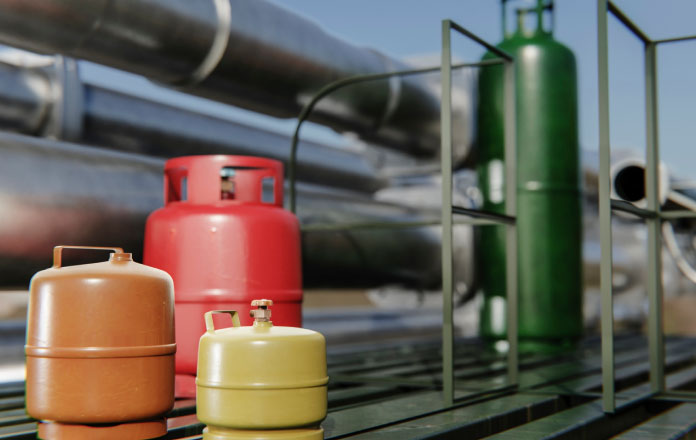Gas sensors are essential to industrial safety, working as alarm systems to warn workers of hazardous conditions. Well-placed sensors can warn against toxic gas emissions and enable timely evacuation as a safeguard for life. Innovations in the gas sensing field are now raising the standards for safety and efficiency.
Continuous Monitoring Using Advanced Sensors
The traditional sensors at the time had issues delivering real-time data due to their slow sampling rates. The solution for this developing case is provided with continuous monitoring sensors and multi-functional devices created by researchers at MIT that used a metal-organic framework and a rigid polymer. Thus, this hybrid construction keeps the high sensitivity uncompromised while it’s resistant to the degradation of functionality and reasonably reliable even in 100+ detection cycles. This technology can easily be interpreted into a detection model developed for detecting several toxic gases in the arsenal of industries, offering a lower cost and scalable destination that is quite profitable from the sales approach.
Better Welding Safety
The use of adequate control of shielding gases must be ensured in welding operations to secure the quality of the process without contamination during production. Modern sensors within the welding workshop provide information on the health status and concentration of gases in the ambient air over time, directly affecting safety in using those facilities and the production quality. Portable gas analyzers are examples of innovations in this area that enable operators to verify gas mixtures and impurities to ensure the maximum performance of over 150,000 facilities worldwide.
Safer Hydrogen Use
Because of its explosive behavior when mixed with oxygen, hydrogen fuel has not realized its potential. A highly sensitive optical sensor developed by researchers from the Netherlands and Sweden can detect hydrogen at parts-per-billion concentrations. This invention promisingly uses the arrangement of nanoparticles on AI-prompt control to issue audible and visual alarms so that hydrogen can be utilized safely.
Mobility Gas Sensors
Flexible and almost invisible wearable sensors represent a breakthrough in the personal safety of hazardous environments. A newly designed nitrogen dioxide sensor, which is attachable to clothing or skin, features breathability to prevent irritation and many others that could be used for other gases. These promise ideal applications for comfort and usability in industries, military, and medical uses.
Next-generation gas sensors are transforming industrial safety through wearable designs and continuous monitoring, making work environments safer and much more efficient.




